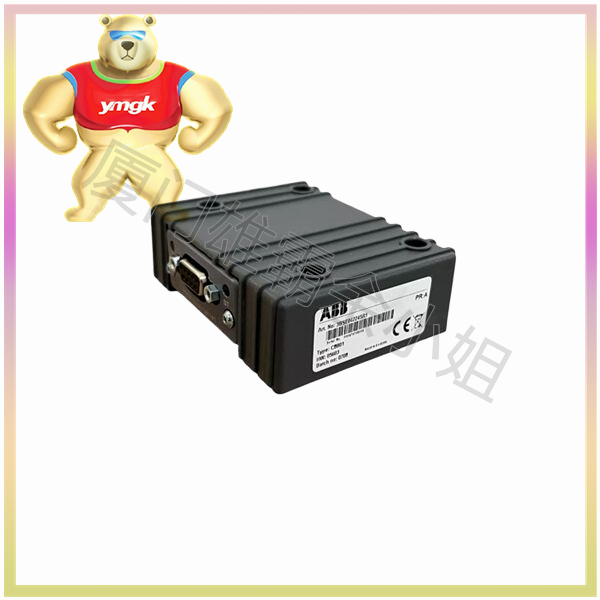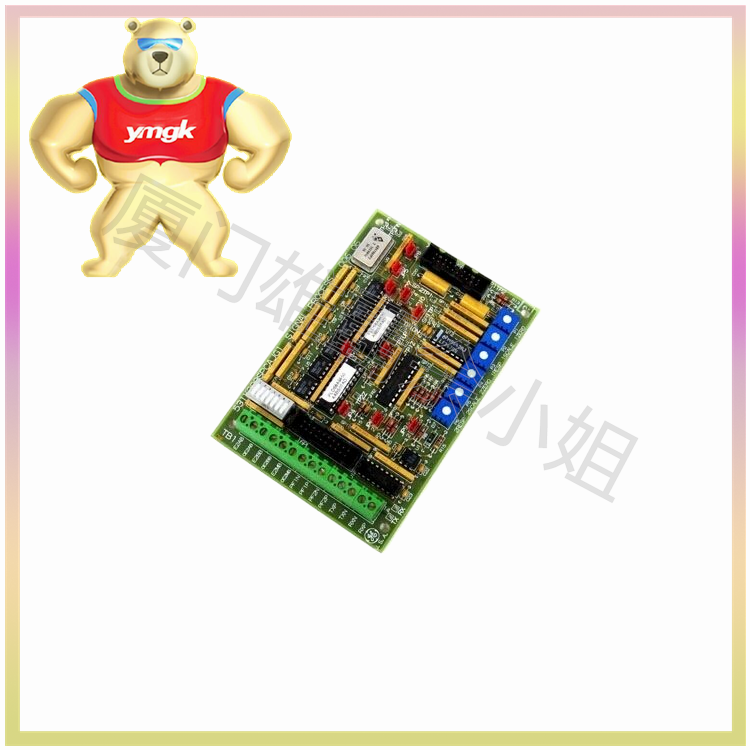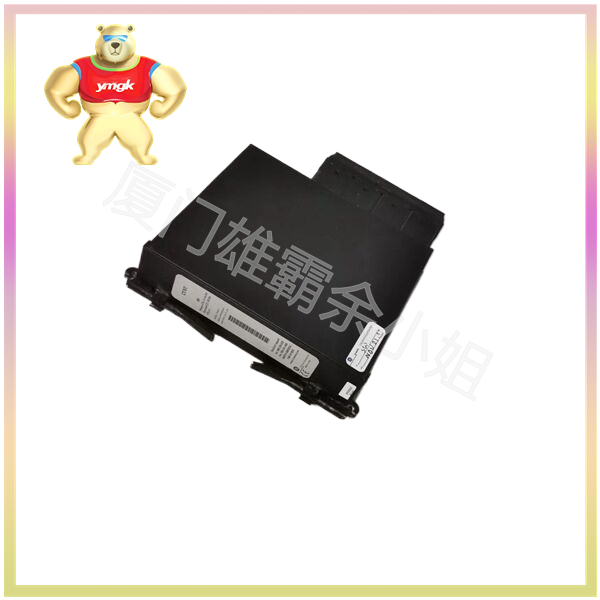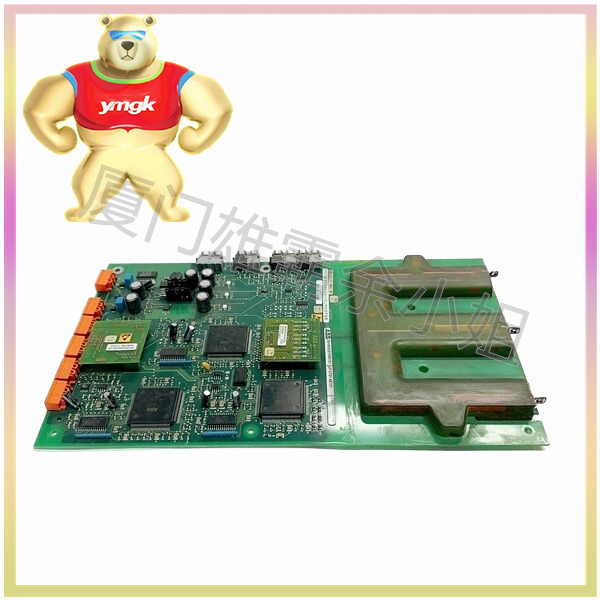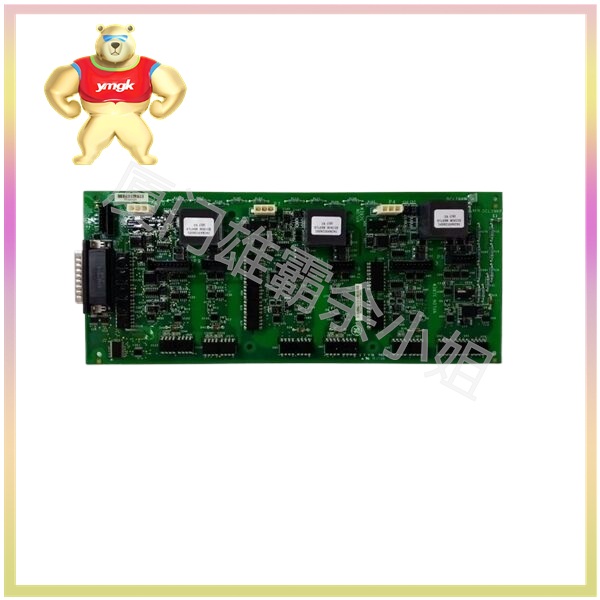The overheat protection function of the DC power module is to prevent damage to the power module due to prolonged operation or external environmental factors causing overheating. When using a DC power module, the electronic components inside the power module generate a certain amount of heat. If it exceeds the temperature range that the components can withstand, it may cause malfunction or damage. Therefore, in order to protect the power module, overheating protection function is generally configured.
Overheating protection function of DC power module
There are various methods to implement the overheat protection function of DC power modules. One common method is to embed a temperature sensor in the power module to monitor its temperature. When the temperature exceeds the safe range, the power module will automatically cut off the output and stop working to avoid safety hazards caused by overheating.
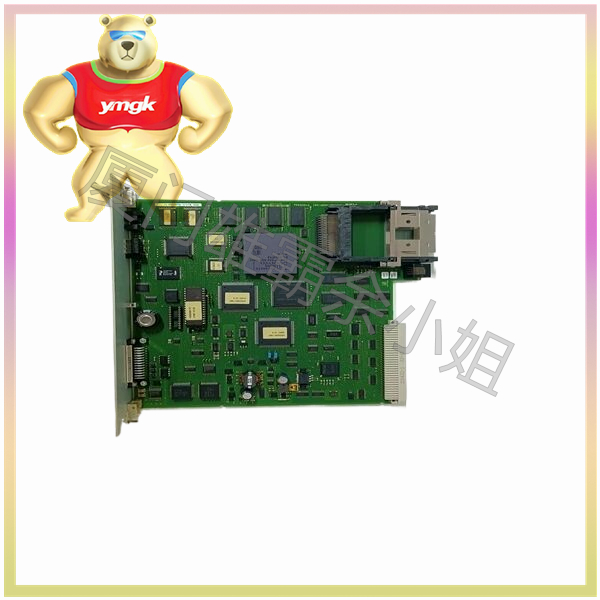
In addition, there is also an overheat protection function that uses a PWM controller to regulate the output voltage and current. When the temperature of the power module is too high, the PWM controller will automatically reduce the output voltage and current, providing overheat protection.
Another method is to use a thermistor. When the temperature of the power module rises, the resistance value of the thermistor will also change accordingly. Within the preset temperature range, the thermistor will output a voltage signal. By comparing the voltage signal with the standard voltage value, it can determine whether the power module is overheated. When the temperature exceeds the safe range, the power module will automatically stop working to avoid safety hazards caused by overheating.
The overheat protection function of the DC power module is a very important protective measure that can protect the power module from working normally in high temperature environments, while also improving the stability and safety of the power module.

